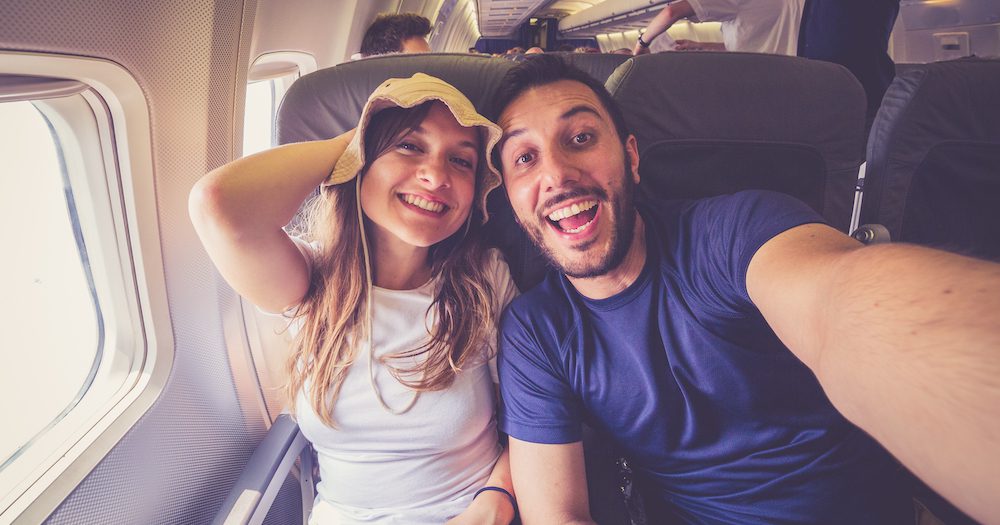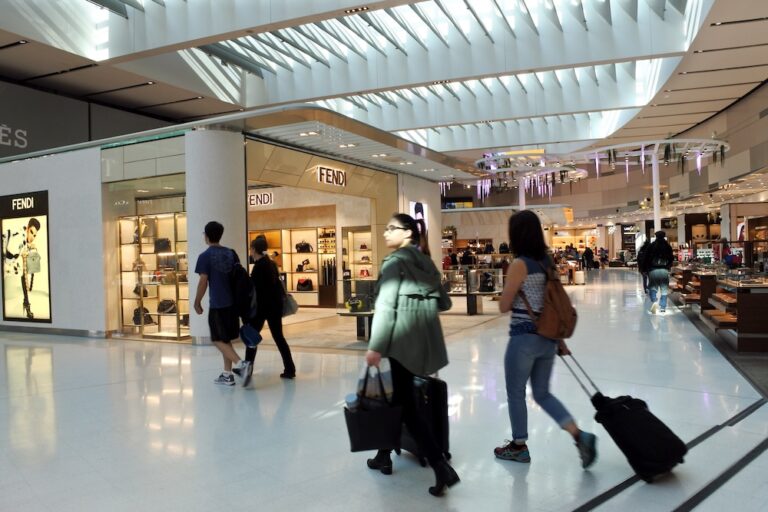United Airlines is starting a new boarding process this week that will see the carrier prioritise window-seated passengers, then middle-seats and aisle flyers last.
The new initiative, called WILMA (window, middle, aisle), is designed to speed up boarding times and ultimately on-time performance.
And it makes sense. How often do you see passengers with window seats clambering over other flyers, or slower still, asking them to move, in order to get to their spot – thereby slowing up the boarding process? Probably multiple times almost every flight.
In an internal memo, United said it would initiate the plan on 26 October.
The carrier said the new policy would apply to domestic and select international flights, AP reported.
United Airlines tested the process at several locations across the U.S. and found it saved an average of up to two minutes of boarding time.
First and business-class passengers as well as those with priority-boarding privileges will continue to embark in the same way. This includes flyers with disabilities, unaccompanied minors and families with children who are two or under, among certain other passengers.
Passengers who are travelling together, such as families, will also be allowed to board at the same time regardless of their seat designation.
Why now?

While airlines haven’t taken up the new boarding process until now, WILMA-based models have existed for years.
But the impetus for the change for United is a rising boarding time, which has increased by two minutes since 2019, the airline says. This could be partly down to a long-term rise in the number of passengers who are bringing carry-on bags onto a plane, due to more airlines charging fees for checked baggage.
According to University of Nevada, Las Vegas, associate professor of physics Jason Steffen, the new process “spreads people out along the aisle of the airplane so that more people can put their luggage away at the same time”.
“That’s the main thing that speeds up the boarding process,” said Steffen, who thought of this boarding model 10 years ago.
He added the new process should also help speed up the stowing away of carry-on bags into overhead bins.
“Any time you have to wrestle with luggage up over your head, it’s going to slow things down,” the professor said.
And this can make the difference between a punctual and tardy flight.
Big delivery, record profits
Earlier this month, United Airlines announced an order for 110 more aircraft for delivery beginning in 2028.
The carrier says the additional order will see it take delivery of around 800 new narrowbody and widebody aircraft between now and 2032.
”We’re building a bright future at United and this order takes our already successful United Next plan into the next decade and beyond,” United CEO Scott Kirby said.
“Our planning and focus on the long term have helped us surge past other airlines that stood still. “I’m convinced our strategy is the right one as we continue to add new, larger aircraft to take full advantage of our growing flying opportunities both internationally and domestically.”
Last week, United Airlines reported record profits in both the Atlantic and Pacific regions for its third quarter results.
For the Pacific, this included a massive 70 per cent rise in revenue for the same quarter in 2019 despite capacity remaining 24 per cent lower.
Meanwhile, United and Air Tickets have launched a new agent incentive for high-flying and top-selling advisors with prizes for 31 agents up for grabs. Book clients on any trans-Pacific ticket to win a grand prize of $5,000 in vouchers plus weekly prizes.






